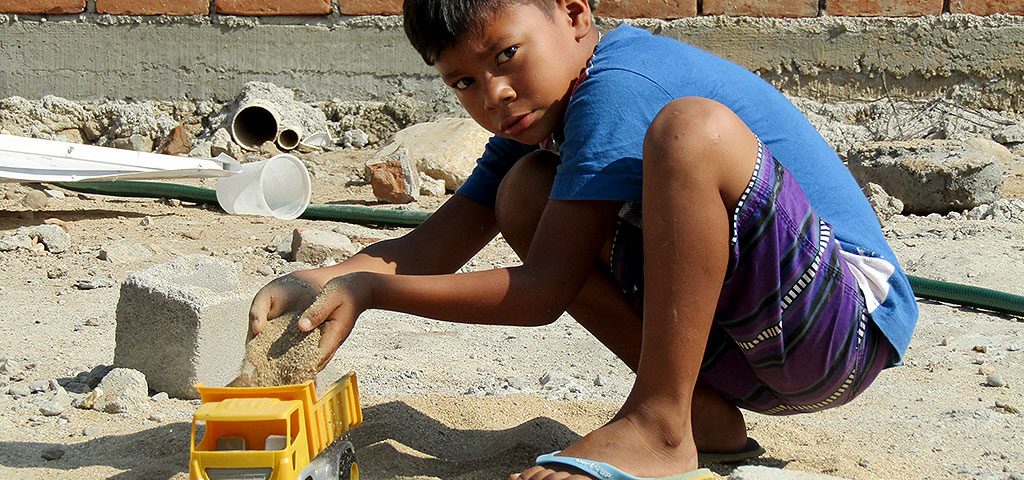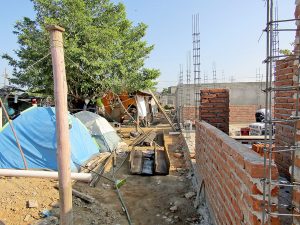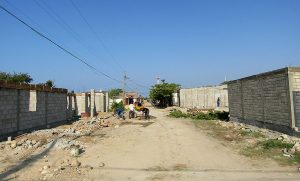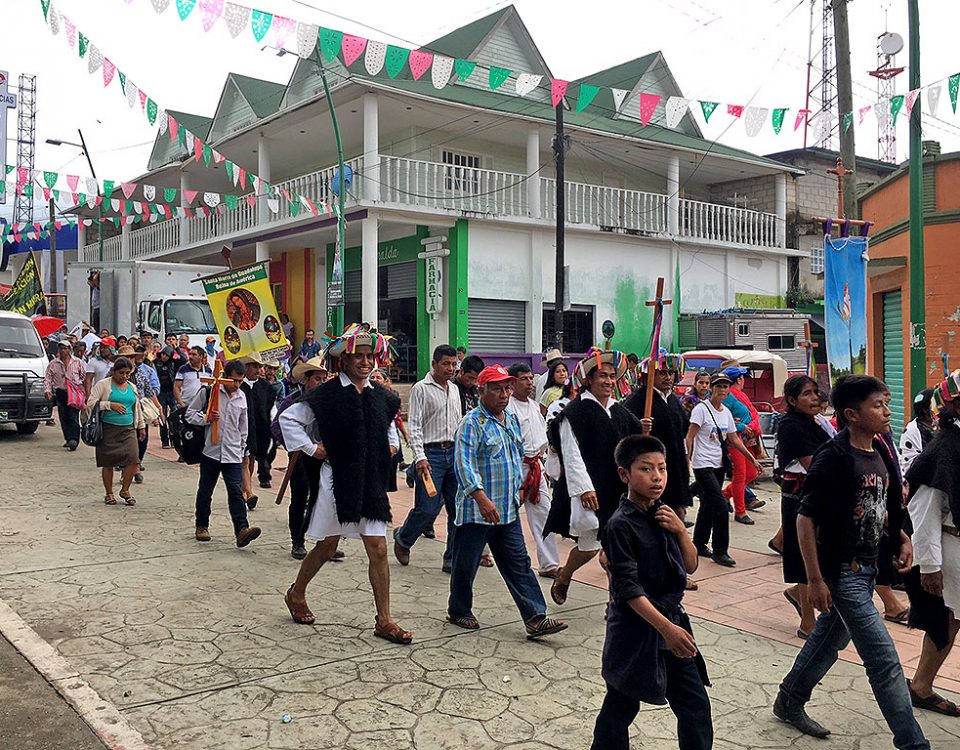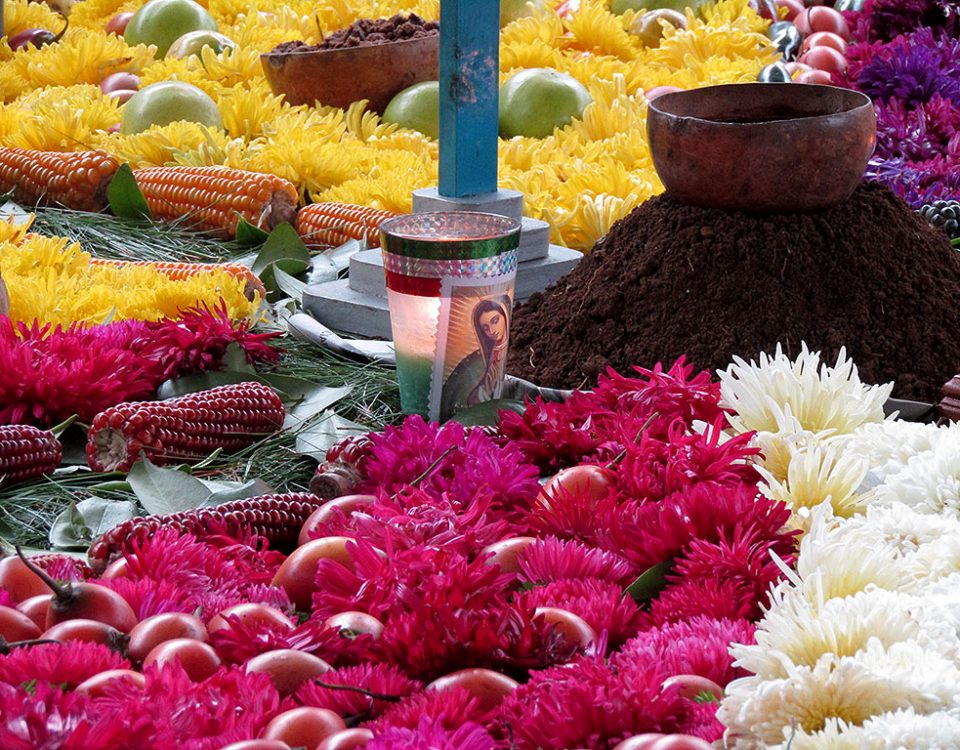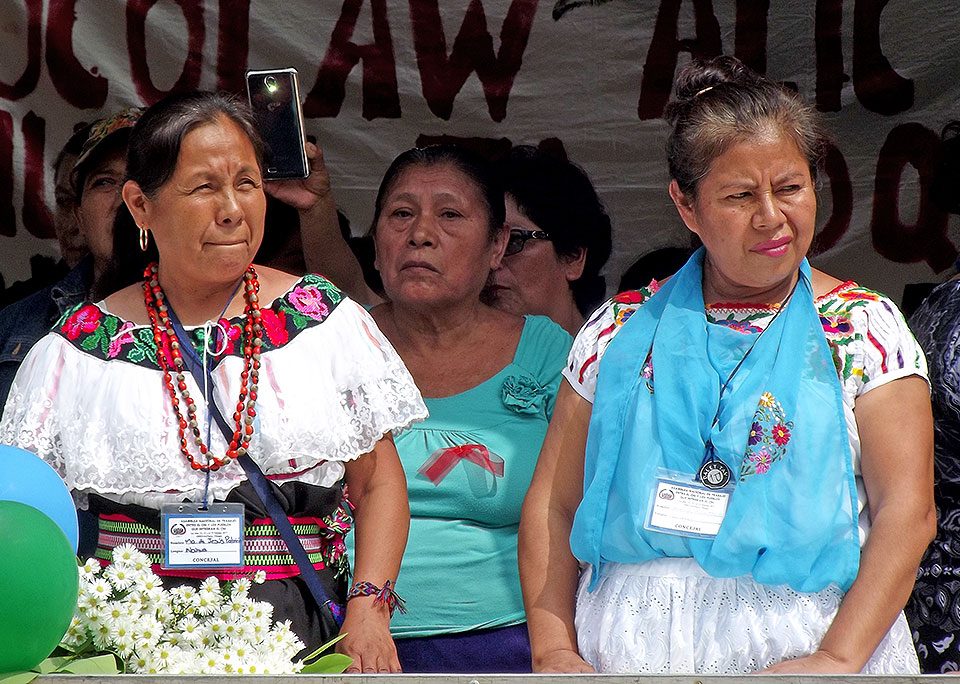
FOCUS: THE EARTH CANNOT TAKE ANY MORE
11/01/2018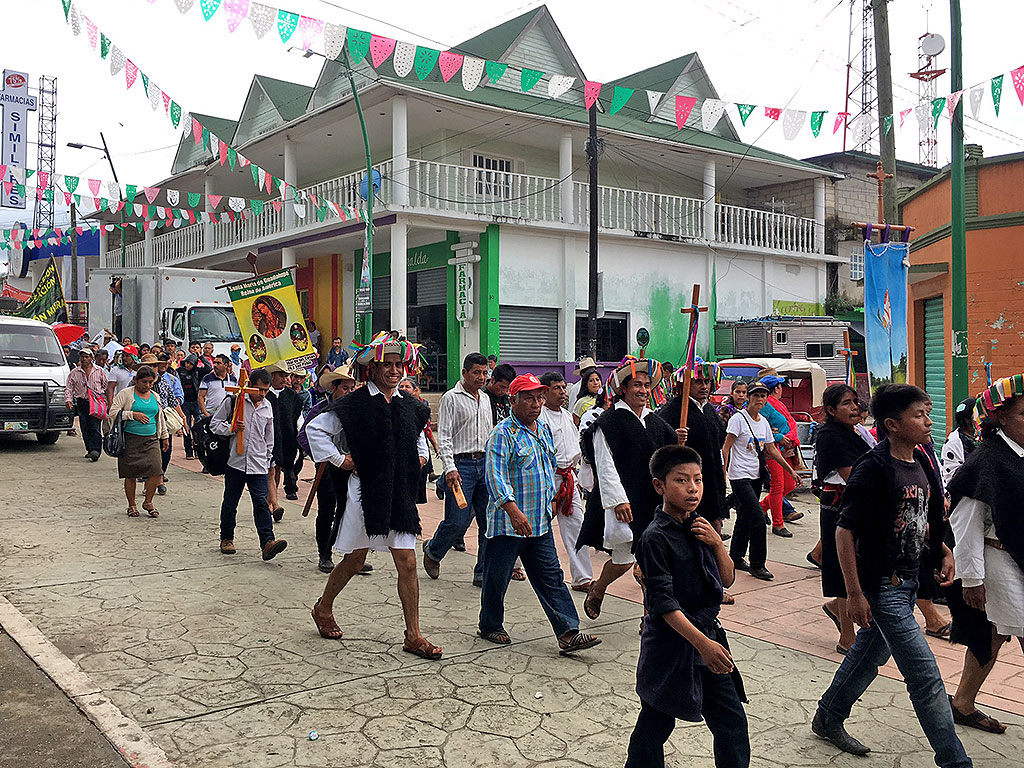
SIPAZ Activities (From mid-August to mid-November, 2017)
11/01/2018On September 7th, 2017, an earthquake measuring 8.2 on the Richter scale devastated Oaxaca, affecting the Isthmus of Tehuantepec and part of Chiapas, especially the coast: the two poorest states in the country.
Twelve days later, another earthquake of 7.1 degrees, shook Mexico City and the states of Puebla, Morelos, Hidalgo, Tlaxcala, Guerrero and Oaxaca again. Both earthquakes left hundreds of victims dead, millions affected, homes, schools, hospitals, churches and businesses partially or totally destroyed.
In total, 467 people lost their lives (98 on the 7th and 369 on the 19th) and more than 250,000 people were left homeless. According to the on-line magazine Animal Politico, the state where housing was most affected was Oaxaca, with 63,336, of which 21,823 suffered total damage (i.e. 34%). In addition, the thousands of follow-up quakes finished destroying the most fragile buildings and kept the population in a state of constant anguish and panic.
As Blanche Petrich, La Jornada journalist, explained in the documentary “The Pain and Hope” on the first days after the events, the “contrast between the organizational capacity of society and the slowness and ineffectiveness of the authorities” to react to those natural catastrophes was obvious (See Analysis).
Faced with the emergency situation, civil society reacted immediately without waiting for government intervention. Human chains were formed instantly, with people of all ages and diverse occupations converging on a unique challenge: removing the rubble to rescue those who had been trapped. From the morning after the first earthquake, civil society began to collect food, medicine, clothing and essential products. The collection centers and the initiatives of solidarity transport and direct delivery to those affected multiplied.
In Oaxaca, artists such as painter Francisco Toledo, intellectuals, collectives and other members of civil society built some 30 community kitchens so that people cooked their traditional stews and were fed from the donations received. This initiative was repeated also on the Coast of Chiapas. Camps were improvised for the victims, organizing among themselves to conduct watches. Citizen aid was not only among the affected population but also came from the whole Republic, from civil organizations and even from other countries. The earthquakes have built friendships and strengthened the sense of brotherhood.
Civil observation missions were carried out at the initiative of human rights organizations in Oaxaca and Chiapas. In addition to evidencing the lack of government coordination in the distribution of humanitarian aid and the discretionary use of scarce resources, it was emphasized that in the face of the serious disaster caused by the earthquake, the affected persons have rights and are not just objects of aid, and that is why their voice must be heard first during this stage of response and the future stages of reconstruction and recovery.
Student solidarity manifested itself in the framework of the mission “learning from disaster”. Young students from the Isthmus region as well as Ayotzinapa and Mexico City participated in the collection and delivery of food. Students from the National Autonomous University of Mexico (UNAM) in architecture were mobilized to train the victims in the construction of yurts (refuges belonging to nomads) in order to have temporary shelters.
The relatives of the 43 disappeared students of Ayotzinapa also showed solidarity with the victims of the earthquakes, denouncing that, “the earthquakes, like the government, want to crush us and make us disappear. […] Despite this onslaught of nature and an impudent power, we have in Mexico a very large force expressed in the solidarity of thousands of Mexicans […]. It is the great movement of citizens that has given us the strength to break the wall of impunity and crack an obtuse system of justice […].”
The earthquakes particularly affected the children who were awoken abruptly on the night of September 7th. In addition, the closure of more than 5,000 schools for several weeks due to various damages left a multitude of students without classes. In order to support them in the face of these traumatizing experiences, brigades were organized to carry out cathartic workshops. On several occasions, art was used as a vehicle. Psychologists, teachers and experts in childhood development shared information and techniques to help the children to remove from their bodies and their hearts the fear that had stuck them. Drawing workshops were organized to express what they experienced and overcome their fears. Theatrical companies, such as the Zapayasos in Chiapas, visited affected communities, presented works and gave workshops in order to mitigate post-earthquake stress.
Oaxacan teachers and parents decided not to wait for the arrival of state government experts and improvised schools in the disaster zones. With reed, metal sheets and wood they started to build temporary classrooms so that the students could resume their classes as soon as possible. This type of initiative was repeated in several affected communities both in the state of Oaxaca and in Chiapas, where the Civil Protection authorities delayed arrival, generating uncertainties regarding any reconstruction.
Faced with the great tragedy of the earthquakes, a great source of hope has been the immense support and solidarity on the part of civil society. “Foreign brigades surprised by solidarity in Mexico after earthquake”, is the title of a report from Aristegui News. In this video, the rescue captain from Spain testified that “everyone gives what little they have for those affected and for those who are working (…) and the mobilization they have had is incredible.” The lesson that will most be remembered is proof that reconstruction by the same people is possible, sincere and immediate.

